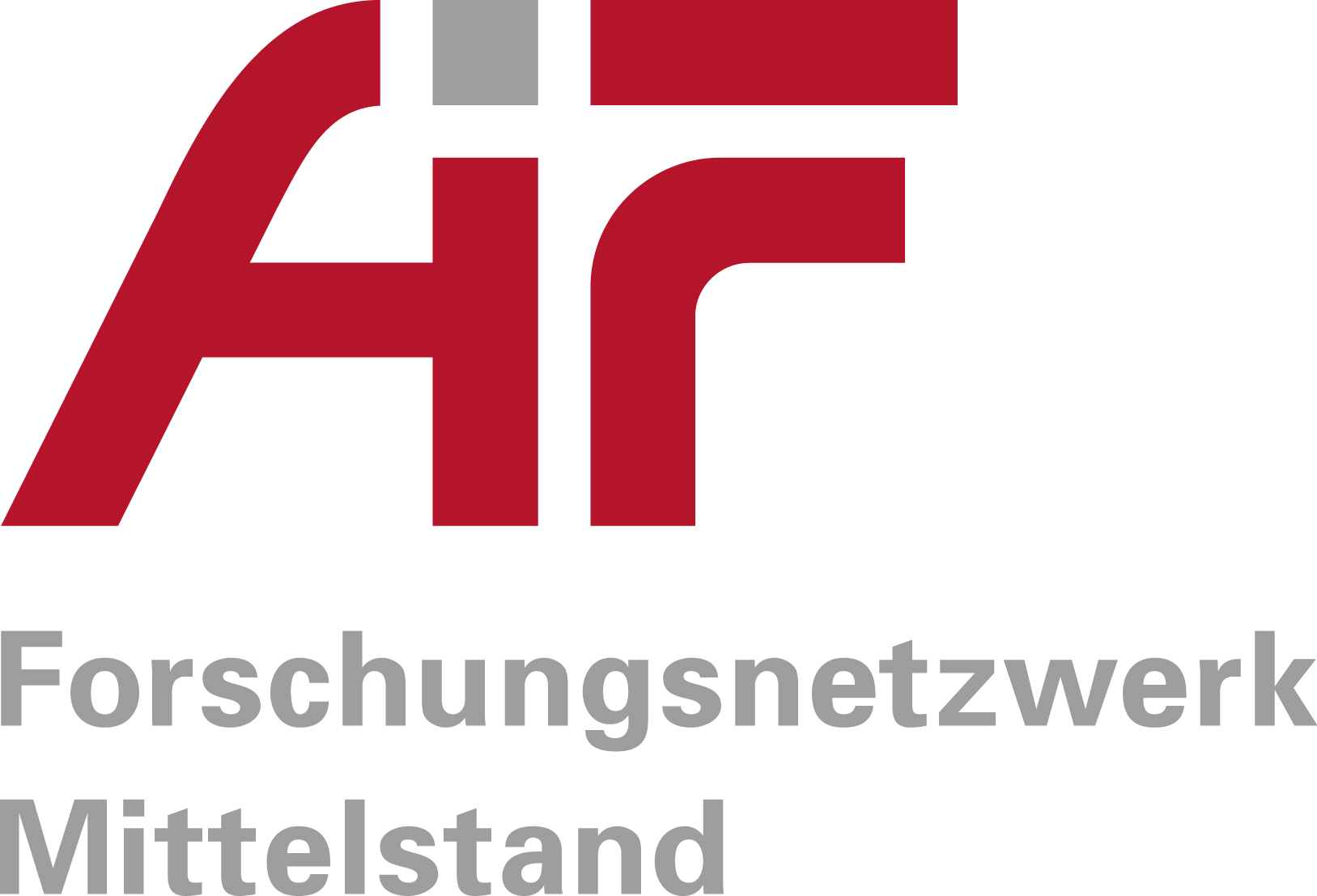Summary of the final report of the research project: IGF-Projekt 20202 N – LaDi-Print
“Fast and flexible generation of conductor structures for the production of large-area mechatronic components by laser-assisted direct printing”
In the research project “Fast and flexible generation of conductor structures for the production of large-area mechatronic components by laser-assisted direct printing – LaDi, silver nanoparticle inks and silver microparticle pastes were printed onto injection-moulded polymers using the digital printing processes aerosol jet and dispenser system onto injection-moulded polymers and the influence of laser irradiation as a photonic sintering process was investigated. The focus here was on electrical conductivity and adhesive strength as key target criteria. The aim was to use laser irradiation to achieve comparable or better electrical conductivity compared to the oven process with good adhesion strength and significantly reduced sintering time for all substrate types investigated, whereby sintering on thermally sensitive substrates such as ABS and PC-ABS was of particular interest.
Together with the project advisory committee, it was decided to use three different substrate materials and three different paste and ink materials. Glass was considered as the reference substrate material for the tests, but the main focus was on the temperature-sensitive polymers acrylonitrile butadiene styrene (ABS) and a mixture of polycarbonate and acrylonitrile butadiene styrene (PC-ABS). For the printing tests with the dispensing system, a silver microparticle paste from Henkel (WIK20487-36A) and a core-shell paste (VP 71529/G) from Eckart were used.
The PARU PG-007 silver nanoparticle ink from Paru was used with the aerosol jet method. By means of laser irradiation, an electrical conductivity of 9 MS/m was achieved on glass with the silver microparticle paste. On ABS 11 MS/m and on PC-ABS 15 MS/m was achieved. This corresponds to approx. 14 – 25 % of the specific conductivity of bulk silver. Thus, the results of furnace sintering, which are between 2 and 3 MS/m (3 – 5 % of bulk silver), were clearly exceeded. Comparable results were obtained with silver nanoparticle ink and laser irradiation. Here, an electrical conductivity of 14 MS/m was achieved on glass, as well as 21 MS/m on ABS and 23 MS/m on PC-ABS. This again corresponds to approximately between 23 – 38 % of the specific conductivity of bulk silver. Also in these tests, the conductivity achieved with the conventional sintering process, which was between 7 – 15 MS/m (11 – 25 % of bulk silver), was achieved or exceeded. The sintering time required to sinter a conductor area of 100 x 100 mm was reduced from one hour to a few seconds. Laser irradiation of the core-shell paste did not produce any meaningful results due to the oxidation of the copper material.
Using scanning electron microscope (SEM) images of photonically sintered samples, it was also possible to determine the influence of the laser processing parameters on the degree of sintering of the conductor structures. The adhesion tests carried out using cross-cutting and face pull-off tests show adhesion strengths between 0 – 2 according to DIN EN ISO 2409 for the silver microparticle paste and between 1 – 3 for the silver nanoparticle ink. The worst results were achieved on glass due to the ideally smooth surface. The reference samples sintered in the oven ranged between 1 – 2 for the Henkel paste and 2 – 5 for the Paru ink. Adhesion could be increased by a plasma pre-treatment. Reliability tests in a temperature shock oven at -40°C and +100°C showed an increase in electrical resistance of 54% up to 500 cycles, which can be attributed to microcracks that develop.
To analyse and assess the energy input by means of laser radiation, the sintering of the conductor paths was analysed by means of thermography during the process. This made it possible to find process conditions in which no damage occurred to the temperature-sensitive substrates. Based on the thermal process analysis, the irradiation parameters could be specifically adapted to the thermal properties of the substrate materials. The highest electrical conductivity was achieved with the Henkel paste on ABS and PC-ABS at a line energy of 24 J/m and one pass of the laser beam without causing thermal damage to the substrate. By increasing the number of passes to the thermal load limit of the substrates, the degree of sintering and thus the electrical conductivity could be additionally increased. With the Paru ink, the highest electrical conductivity was determined at a line energy of 24 J/m on ABS and 16 J/m on PC-ABS during one pass, without causing thermal damage to the substrate. Here, too, the value of the electrical conductivity could be additionally increased by increasing the number of passes. All in all, photonic sintering via laser radiation is very well suited for achieving high conductivities and simultaneously high adhesive strengths on temperature-sensitive substrates.
Please find more information about the project here.
Figure: Schematic representation of the aerosol jet printing process according to Franke, J. (2013)
Figure: 5-axis system AJ15XE from Neotech with aerosol jet unit from Optomec; Source: FAPS, FAU; blz
Figure: Spectrometer measurements of the silver microparticle paste WIK20487 (top) and silver nanoparticle ink Paru PG-007 (bottom) in the unsintered (left) and sintered (right) state; Source: FAPS, FAU; blz







